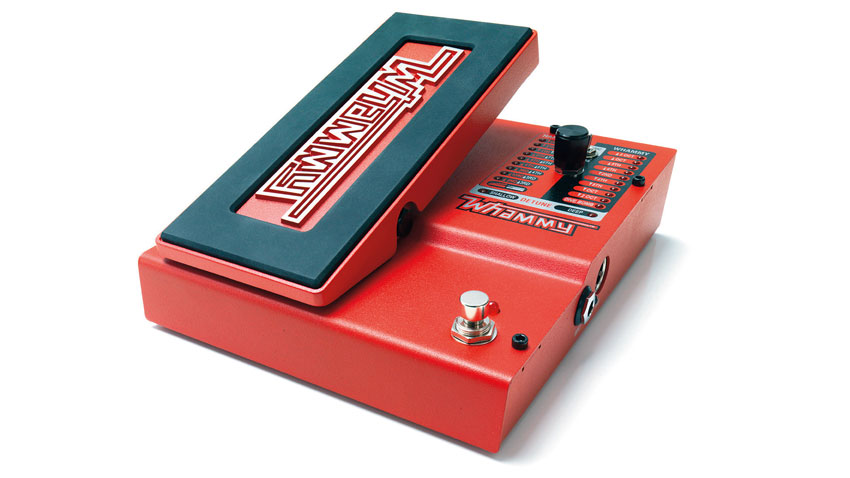MusicRadar Verdict
The most useful Whammy so far and awesome fun to boot. You need one!
Pros
- +
Dual modes. Classic effects. Sturdy construction.
Cons
- -
Selecting effects remains fiddly.
MusicRadar's got your back
This is the fifth generation version of DigiTech's genre-defining red pitch shifter. It combines the best bits of the original version and the more recent DT across two modes: Classic and Chords. The former is suited to pitch-shifting single notes, while the latter is, you guessed it, for bending full chords.
As the pitch of multiple notes is altered digitally, there can be noticeable amounts of what's called 'flutter' in the effect, a nasty, digital artefact warble as the notes interact with each other.
"The new chord mode eradicates just about all of the wobble, so all that's left is to plug in, decide your interval and Wham away"
Chords mode is intended to eradicate this and the two settings can be manually selected via the micro toggle switch. Also included for the first time is true bypass switching to keep the not inconsiderable circuit completely out of your signal chain when the pedal is off.
The lists of pitch intervals are split into the customary Harmony and Whammy subheadings, and are selected by the central pot: 10 pitch bending intervals and nine harmony options.
In Use
There's not a huge difference between the modes, but there is a noticeable level of digital flutter when using the Classic setting with chords on both Harmony and Whammy sides. Chord mode eradicates just about all of the wobble, so all that's left is to plug in, decide your interval and Wham away. And laugh like a loon, of course.
Want all the hottest music and gear news, reviews, deals, features and more, direct to your inbox? Sign up here.
Simon Bradley is a guitar and especially rock guitar expert who worked for Guitarist magazine and has in the past contributed to world-leading music and guitar titles like MusicRadar (obviously), Guitarist, Guitar World and Louder. What he doesn't know about Brian May's playing and, especially, the Red Special, isn't worth knowing.
